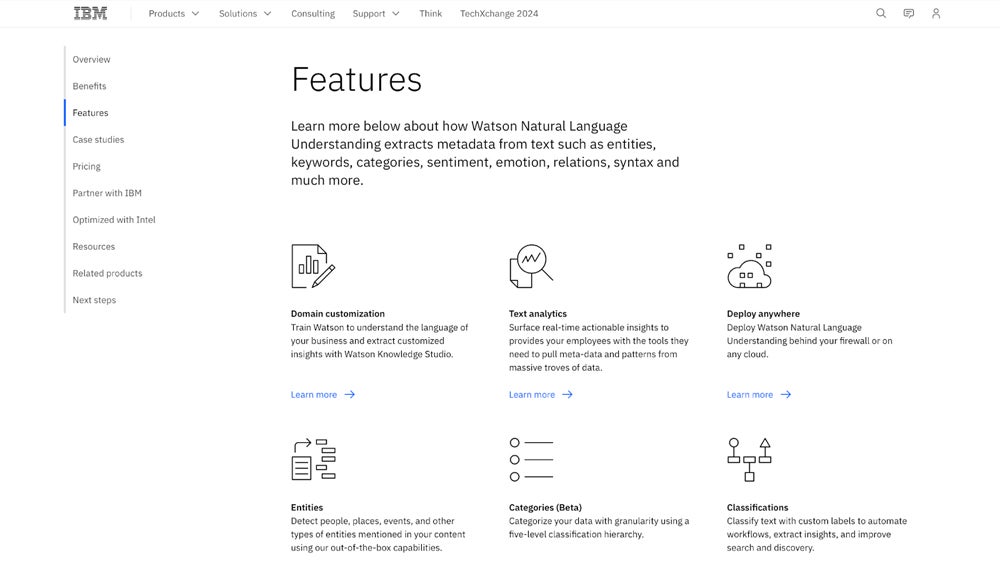
Text Processing Tools
Text Processing Tools: A Comprehensive Guide
Introduction to Text Processing Tools

Source: website-files.com
Text processing tools are essential for anyone working with text data, from simple document editing to complex analysis and machine learning tasks.
These powerful tools automate tasks, improve efficiency, and unlock insights hidden within large bodies of text.
Modern Text Processing Tools offer a diverse range of capabilities.
This article will explore a spectrum of Text Processing Tools, from basic to advanced, providing practical how-to examples for each.
Understanding Text Processing Tools empowers you to navigate the complexities of textual information effectively.
Understanding the Landscape of Text Processing Tools
Different Text Processing Tools serve unique purposes.
Some excel at formatting, others specialize in analysis.
Comprehending these distinct functionalities is crucial for choosing the right Text Processing Tool for your specific needs.
Choosing the best Text Processing Tools depends heavily on the intended outcome.
Some Text Processing Tools offer basic formatting capabilities, while others delve deep into complex linguistic structures.
Mastery of the nuances of different Text Processing Tools can transform your work with text.
How to Select the Right Text Processing Tool
Choosing the correct Text Processing Tools depends on your goals.
Are you looking to edit documents, analyze sentiment, or extract key information?
Defining the tasks your Text Processing Tools will perform helps you choose effectively.
Selecting the correct Text Processing Tools also depends on the volume of text data involved.
Large datasets often require specialized tools, while smaller datasets may benefit from more user-friendly interfaces.
Effective Text Processing Tools can help organize and manipulate data.
Identifying your precise data manipulation needs helps pinpoint the right Text Processing Tools.
Basic Text Editing Tools: Word Processors & Text Editors

Source: ytimg.com
Many essential Text Processing Tools fall into the category of word processors and text editors.
Tools like Microsoft Word, Google Docs, and Notepad are foundational for basic text manipulation and formatting.
They provide functionality for spell-checking, formatting paragraphs, inserting tables and images, and controlling font styles.
Word processing and editing capabilities are an important function of these fundamental Text Processing Tools.
Text processing Tools offer a foundational toolkit.
Mastering these basic tools forms the basis for using advanced tools.
How to Use Word Processors for Basic Text Editing
- Open your preferred word processor or text editor.
- Paste or type the text you need to edit.
- Use formatting tools like bold, italic, and underline to highlight key elements.
- Use the spell checker to identify and correct any typos.
- Save the file in a preferred format (e.g., .doc, .docx, .txt).
Advanced Text Processing Tools: NLP Libraries (Natural Language Processing)
Powerful libraries like spaCy and NLTK offer extensive capabilities for advanced text processing tasks such as sentiment analysis, topic modeling, and information extraction.
These sophisticated Text Processing Tools utilize algorithms to understand linguistic structure and contextual meaning.
Text processing tools empower these more sophisticated approaches to text.
Advanced tools like these form the core of data-driven text analyses.
How to Use spaCy for Named Entity Recognition (NER)
- Install the spaCy library:
pip install spacy - Download the appropriate language model for your text:
python -m spacy download en_core_web_sm - Load the model:
nlp = spacy.load("en_core_web_sm") - Process the text:
doc = nlp("The President of the United States visited Paris.") - Extract entities:
for ent in doc.ents: print(ent.text, ent.label_)

Source: buddyxtheme.com
Data Extraction Using Text Processing Tools
Many Text Processing Tools enable sophisticated data extraction.
Regular expressions are fundamental tools, permitting identification of specific patterns within larger bodies of text.
This facilitates efficient extraction of relevant information for further analysis, for example extracting date information from historical reports.
How to Use Regular Expressions for Data Extraction
- Define the pattern you wish to match.
- Use the search functions provided by the relevant Text Processing Tools for matching text according to your pattern.
- Extract matched groups if required. This could involve locating email addresses, phone numbers or financial figures. These actions enhance efficiency with your data analysis process

Source: website-files.com
Sentiment Analysis Using Text Processing Tools
Tools tailored for sentiment analysis can decipher the emotional tone conveyed within text.
Identifying the positivity or negativity within the given textual material is key to utilizing this methodology correctly.
Sentiment analysis is another use case in applying text processing tools.
Text processing tools enhance these capabilities and aid in comprehension.
Text Cleaning and Preprocessing for Advanced Analysis
Crucial before most complex text processing applications.
This involves eliminating irrelevant characters and unnecessary data points.
This makes analysis simpler by reducing noise and unnecessary complexity in Text Processing Tools.
It allows advanced procedures to utilize data better.
Text Classification with Text Processing Tools
Many Text Processing Tools facilitate the automated assignment of categories.
For example, labeling incoming emails.
Text processing tools are beneficial here.
Categorization of textual content simplifies downstream analysis and action.
This function can effectively improve process efficiency.
Topic Modeling with Text Processing Tools
Advanced techniques help uncover underlying topics.
Identifying primary themes provides structure for text sets and makes analyses and processes far simpler to operate and control.
Text Processing tools deliver great potential to automate this procedure.
Understanding your objectives will help define your choice.
Working with Large Text Corpora using Text Processing Tools

Source: eweek.com
Specialized Text Processing Tools address issues unique to processing enormous quantities of text.
Distributed computing solutions allow handling substantial amounts of data that may exceed available memory.
Scalability for effective processing remains an important consideration in advanced uses of text processing tools
Conclusion
Mastering Text Processing Tools empowers anyone working with text to enhance workflows and derive powerful insights.
The wide range of applications is constantly expanding.
Understanding this vast category is crucial for improved use in business or any domain where data management is integral to effectiveness and achievement of desired objectives.